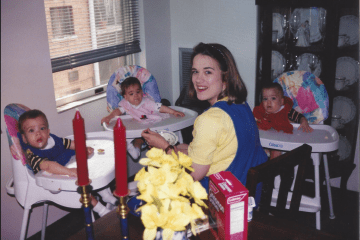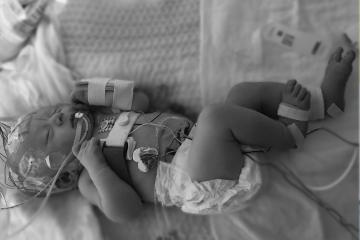Network Implementation Decreases Age at Cerebral Palsy Diagnosis
BACKGROUND AND OBJECTIVES: Early diagnosis of cerebral palsy (CP) is critical in obtaining evidence-based interventions when plasticity is greatest. In 2017, international guidelines for early detection of CP were published on the basis of a systematic review of evidence. Our study aim was to reduce the age at CP diagnosis throughout a network of 5 diverse US high-risk infant follow-up programs through consistent implementation of these guidelines.
METHODS: The study leveraged plan-do-study-act and Lean methodologies. The primary outcome was age at CP diagnosis. Data were acquired during the corresponding 9-month baseline and quarterly throughout study. Balancing measures were clinic no-show rates and parent perception of the diagnosis visit. Clinic teams conducted strengths, weaknesses, opportunities, and threats analyses, process flow evaluations, standardized assessments training, and parent questionnaires. Performance of a 3- to 4-month clinic visit was a critical process step because it included a Hammersmith Infant Neurologic Examination, a General Movements Assessment, and standardized assessments of motor function.
RESULTS: The age at CP diagnosis decreased from a weighted average of 19.5 (95% confidence interval 16.2 to 22.8) to 9.5 months (95% confidence interval 4.5 to 14.6), with P = .008; 3- to 4-month visits per site increased from the median (interquartile range) 14 (5.2–73.7) to 54 (34.5–152.0), with P < .001; and no-show rates were not different. Parent questionnaires revealed positive provider perception with improvement opportunities for information content and understandability.
CONCLUSIONS: Large-scale implementation of international guidelines for early detection of CP is feasible in diverse high-risk infant follow-up clinics. The initiative was received positively by families and without adversely affecting clinic operational flow. Additional parent support and education are necessary.
Full Article available here





